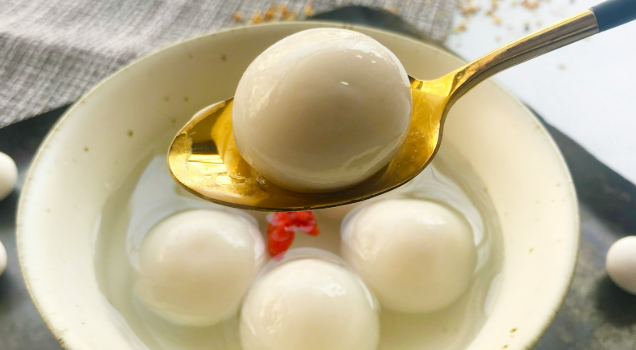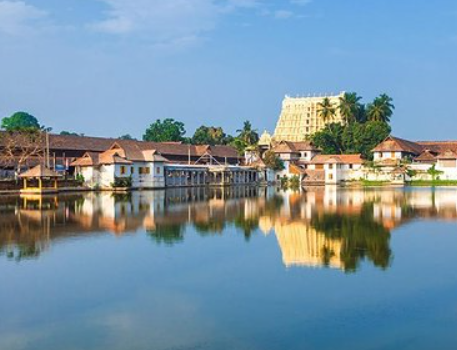
Chinese New Year is a time of joy, celebration, and family gatherings. It’s not only a time to reflect on the past year but also to look forward to new beginnings. A huge part of the celebration involves food, with each dish carrying its own special meaning. Here, we explore some of the most iconic foods traditionally enjoyed during Chinese New Year 2025, along with their significance.
What is Chinese New Year?
Chinese New Year, also known as the Lunar New Year, is the most important holiday in China. It marks the beginning of the lunar calendar, and celebrations typically last for up to two weeks. It’s a time when families come together, traditions are honored, and hopes for the upcoming year are set. The festival falls between January 21st and February 20th each year, based on the Chinese lunar calendar.
When is Chinese New Year 2025?
In 2025, Chinese New Year will be celebrated on Saturday, February 10th, marking the start of the Year of the Wood Dragon. The festivities last for 16 days, with key dates to keep in mind:
- Chinese New Year’s Eve: February 9th, 2025
- Chinese New Year’s Day: February 10th, 2025
- Lantern Festival: February 24th, 2025
The first day of the New Year is filled with customs, from family reunions to prayers, and each of the 16 days carries its own meaning.
9 Traditional Foods for Chinese New Year
The foods you eat during Chinese New Year are rich in symbolism, each dish representing a wish or blessing for the upcoming year. Here are nine of the most popular foods served during the celebration:
- Dumplings (Jiaozi)
Dumplings are a beloved Chinese food, often linked with wealth and prosperity. The more dumplings you eat, the more likely you are to find financial success. Dumplings made with cabbage and radish symbolize a prosperous future. It’s customary to say the phrase “Zhāo cái jìn bǎo” (“Bringing in wealth and treasure”) before eating. Some families even place a white thread inside one dumpling, with the person who eats it believed to gain longevity. - Spring Rolls
These golden, crispy rolls are another symbol of wealth and prosperity. The spring roll’s shape resembles gold bars, and it’s traditional to say “A ton of gold” when enjoying them. - Niangao (Sticky Rice Cake)
Niangao is made from glutinous rice, sugar, and chestnuts. Its sticky texture symbolizes a “higher year after year,” meaning continuous growth and improvement in life. It is typically enjoyed during the New Year to ensure a prosperous year ahead. - Sweet Rice Balls (Tangyuan)
These round rice balls symbolize unity and family togetherness. Their shape represents the idea of reunion, making them a perfect dish for the New Year’s celebrations. - Longevity Noodles
These long noodles symbolize longevity and are typically served uncut to represent long life. The longer the noodles, the better the wish for a long and healthy life. - Fish (Yú)
Fish is traditionally served to symbolize abundance and good fortune. The fish is typically steamed, and its head is placed toward the honored guests. The fish should remain on the table with leftovers, symbolizing that there will always be more than enough in the year ahead. Common fish served include crucian carp for good luck and catfish for a year filled with abundance. - Steamed Chicken
A whole chicken is an important symbol of the family and unity. It’s often offered to ancestors during the New Year, requesting blessings for the family. The chicken represents a full, happy life for everyone in the family. - Fruits and Vegetables
Fruits and vegetables also carry deep meanings. Bamboo shoots symbolize longevity, while poria mushrooms bring blessings. Melons and grapefruits represent family unity, and seaweed is linked with wealth and fortune. - Fa Gao (Prosperity Cake)
This steamed cake made from rice and sugar is a symbol of prosperity and success. Its sweet taste and soft texture are meant to ensure a sweet and successful year ahead.
Dining Etiquette for Chinese New Year
When dining during Chinese New Year, there are certain etiquette rules that should be observed:
- Don’t stick chopsticks upright into rice: This is considered disrespectful and unlucky.
- Never tap your bowl with chopsticks: This is considered rude.
- Eat with your mouth closed and avoid slurping, as it’s seen as impolite in China.
- Serve others first before serving yourself, and never start eating before the host.
- Avoid passing food with chopsticks directly from one person’s chopsticks to another’s.
What to Avoid During Chinese New Year
While celebrating, it’s important to be mindful of certain taboos that are believed to bring bad luck:
- No washing or cleaning: Avoid cleaning the house on New Year’s Day, as it’s thought to sweep away good luck.
- Don’t cut your hair: Haircuts are forbidden for the first week of the New Year, as cutting is believed to sever one’s fortune.
- Don’t break anything: Breaking things is thought to bring misfortune in the coming year.
- Avoid negative words: Any negative language, arguing, or swearing is considered to bring bad luck.
Conclusion
Chinese New Year is a time of celebration, renewal, and honoring traditions. The foods enjoyed during the festival not only offer delicious flavors but also represent hopes for wealth, health, and family unity in the coming year. As you celebrate 2025, these traditional foods will help ensure that the new year brings prosperity and happiness to all.












Comments